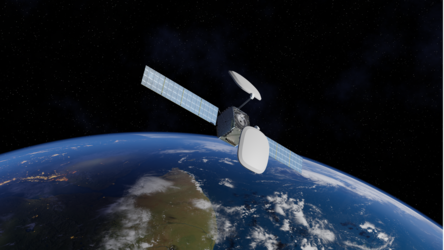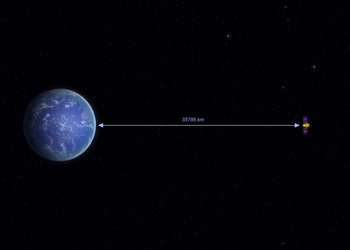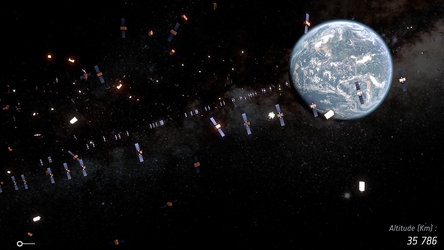

Agile micro-geostationary satellite
A small European telecommunications satellite intended for launch into geostationary orbit some 36 000 kilometres above the Earth – which can be used as a basis for future satellites – has won support from ESA.
This new satellite product line and its first protoflight model will be developed and built under a Partnership Project between ESA and SWISSto12, a small to medium-sized enterprise based in Renens, Switzerland. SWISSto12 – which will lead an international consortium – is already marketing this new satellite to commercial operators, which will be able to use it to stream data or broadcast television. The first satellite is due for launch in 2025.
Micro-geostationary satellites are a tenth the size of traditional geostationary satellites – typically one cubic metre. This makes them much more affordable to build and launch, enabling satellite operators to provide bespoke regional or gap-filling services that would not be financially viable using large satellites. Micro-geostationary satellites can also offer a competitive replacement option for certain legacy geostationary satellites that have reached the end of their lifetime.





